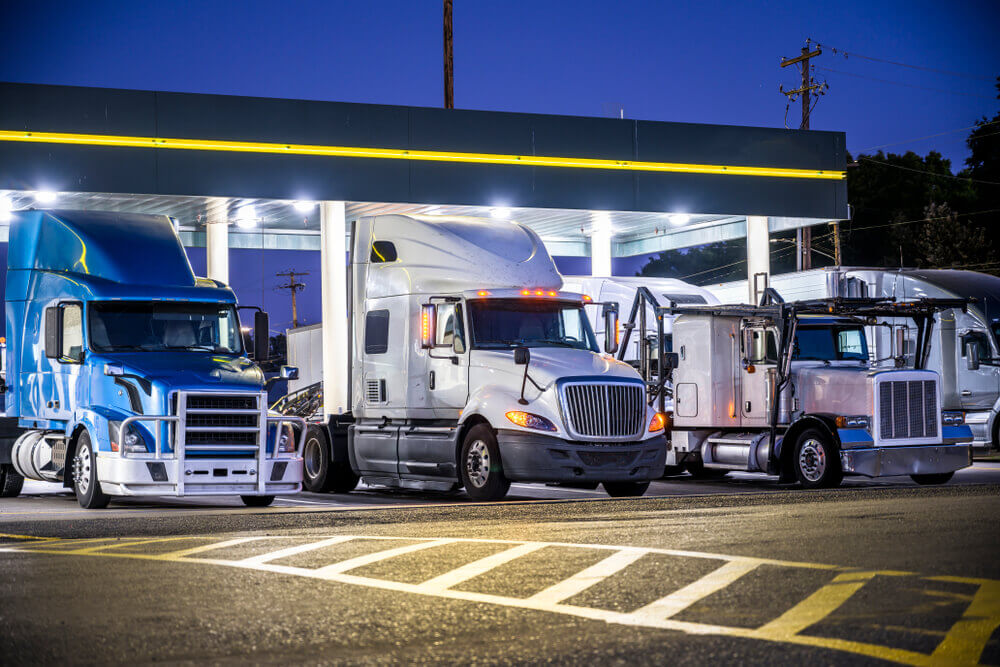Transporting vehicles can be a complex and competitive industry, and following up effectively with auto transport leads can be the key to success. Whether you’re a seasoned professional or just stepping into the world of auto transport, understanding the dynamics of effective follow-ups is crucial.
Understanding the Lead Journey
The journey of an auto transport lead begins with searches on platforms like Google, where keywords such as “auto transport,” “vehicle shipping,” or “car shipping companies” are often used. As a transporter, aligning your follow-up strategy with these keywords is essential.
Prompt Response Is Paramount
Studies show that prompt responses significantly increase the chances of converting a lead. When a potential customer reaches out, be it through a contact form, phone call, or email, ensure your response time is quick. Incorporating keywords like “quick response,” “fast turnaround,” or “immediate assistance” in your communication can make a significant impact.
Personalization Is Key
Tailoring your follow-up messages to address specific needs mentioned by the leads can establish a personal connection. Use the keywords that resonate with the customer’s requirements. For instance, if a lead emphasizes the need for “door-to-door service” or “enclosed transport,” highlighting these in your follow-up communication can demonstrate your attentiveness to their needs.
Persistence without Pressure
Following up doesn’t mean bombarding leads with messages. A balanced approach is crucial. Use keywords like “follow-up without pressure,” “helpful information,” or “ongoing support” to convey your willingness to assist without overwhelming them.
Utilizing CRM Tools
Leverage Customer Relationship Management (CRM) tools to manage leads efficiently. Keywords like “CRM integration,” “lead tracking,” or “automated follow-ups” can showcase your tech-savvy approach, ensuring no lead falls through the cracks.
Timing Is Everything
Knowing when to follow up is as important as how often you follow up. Balancing persistence with patience is key. Establish a follow-up schedule and vary the mediums – from initial emails to phone calls and even social media outreach. Monitor response times and adjust your approach accordingly.
Establishing Trust and Credibility
Keywords like “reliable service,” “customer testimonials,” or “industry experience” in your follow-ups can instill trust. Sharing success stories or reviews from satisfied customers can solidify your credibility.
Emphasizing Benefits and Specializations
Highlight the unique benefits of your services using keywords like “cost-effective solutions,” “nationwide coverage,” or “specialized transport.” This showcases your expertise and can capture the interest of leads seeking specific services.
Implementing Multichannel Communication
Diversifying your communication channels can maximize your reach and engagement. Incorporate keywords related to different modes of communication, such as “email updates,” “text notifications,” or “social media engagement,” to cater to diverse lead preferences.
Offering Valuable Content
Content marketing can be a game-changer. Sharing informative content about auto transport through blogs, newsletters, or downloadable guides can position you as an authority. Keywords like “expert advice,” “industry insights,” or “free resources” can attract leads seeking valuable information.
Monitoring and Analyzing Performance
Track the effectiveness of your follow-up strategies using analytics tools. Incorporate keywords like “performance tracking,” “conversion analytics,” or “lead engagement metrics” to showcase your commitment to continuous improvement.
Adapting to Feedback
Act on feedback received during follow-ups. Keywords like “listening to customer needs,” “adapting to preferences,” or “continuous improvement based on feedback” demonstrate your responsiveness and dedication to meeting customer expectations.
Embracing Automation with a Personal Touch
While automation streamlines processes, injecting personalization is crucial. Keywords like “personalized automation,” “customized interactions,” or “human touch in automated processes” indicate your commitment to efficiency without sacrificing the personal connection.
Conclusion
In the competitive landscape of auto transport, effective follow-ups play a pivotal role. Aligning your communication with relevant keywords, prompt responses, personalized interactions, and a balanced persistence can significantly increase your conversion rates. By utilizing technology, establishing trust, and emphasizing your unique offerings, you can navigate the auto transport industry’s lead follow-up landscape effectively.




